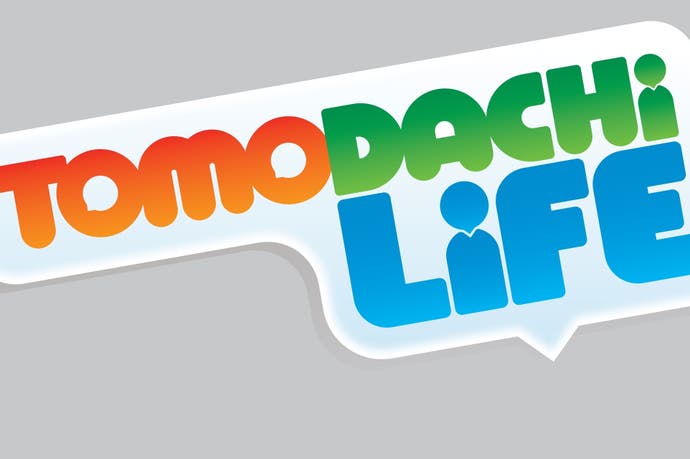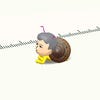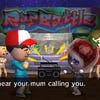The strange, starry distraction of Tomodachi Life
After two weeks with Nintendo's new life sim, is it any clearer what exactly it is?
Dirty realist Raymond Carver is working the afternoon shift at the hat-shop, though his sullen demeanour suggests he's none-too-pleased about it, while two-time F1 champion Fernando Alonso has been kicked out of bed by Princess Zelda and the perma-tanned Cary Grant has just asked me if he can have lasagne for tea. Tomodachi Life, the simulation title that made its western debut in such spectacular style a couple of weeks back, defies easy definition, but it's a game full of steady, often irregular surprises.
It's tempting to pin this 3DS game as part Sims, with its stream of island inhabitants with their own wants, desires and relationships, and part Animal Crossing, with the kerching of commerce and consumerism clanging underneath the cute exterior. In reality it's neither of those, and Tomodachi Life has its own peculiar rhythm very much in keeping with the other work of its developer, the Wario Ware and Rhythm Heaven team headed up by Super Metroid director Yoshio Sakamoto.
Like Wario Ware, Tomodachi Life is a procession of small, robust delights with a strongly surrealist edge, although it's far less concerned with the business of deconstructing video games. Instead, it's a gentler exercise - you place your Mii on an island and populate it with other characters, either pulled from existing Miis or, in my case, creating all new ones based on whatever you might find hobbled together on your desk at home. From there it's all about observing and tending your human crop, guiding them towards each other to encourage relationships, seeing to their wants and needs or just watching them roll dumbly around their apartment floors.
Tomodachi Life is more like a petri dish, then, where you can either keep your subjects happy or prod them as they wallow in misery. There's something to be said for a little virtual cruelty - I haven't fed Deborah Kerr for a week, and she now spends her days shivering miserably in her shack-like house - as well as for overseeing unlikely pairings. Fernando Alonso bowled into town as something of a Lothario with those thick-browed eyes squared on my girlfriend, so I diverted him over to neighbour Princess Zelda - and the pair have just had their first, slightly grotesque looking child.
The island itself is full of countless distractions, from the conveyer belt of shopping options - you can buy food, interiors, outfits or, most importantly, hats, all of which are received with varying degrees of delight by inhabitants - to events that take place according to a strict in-game calendar. There are rap battles that break out by the fountain in the evening, a slim, wonderfully stylised RPG you can take part in by visiting the funfair when the sun sets, while a magic show takes place there during the day.
As a distraction itself, Tomodachi Life is much more limited than the likes of Animal Crossing - you'll have exhausted all possibilities within 15 minutes or so every time you visit, though those 15 minutes are still likely to present a small, perfectly surreal surprise. Like Animal Crossing, there's a slightly bitter edge underlying the sugar-coated world. In Tomodachi Life happier inhabitants leads to more money, while the more money you have the happier your inhabitants are, making for a slightly grubby circle of reward.
Some of those limits ensure this is the kind of game that nestles within your daily routine rather than threatening to trample all over it; Tomodachi Life is really a sideshow rather than the foundation for an all-consuming obsession. What a glorious sideshow it is, though.


















.png?width=291&height=164&fit=crop&quality=80&format=jpg&auto=webp)


